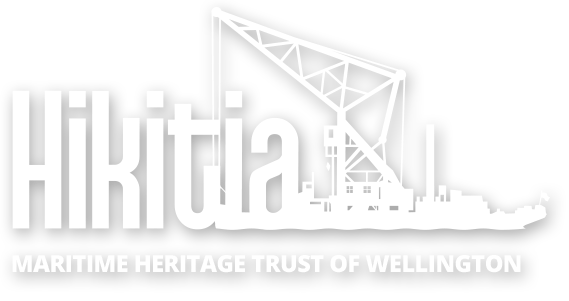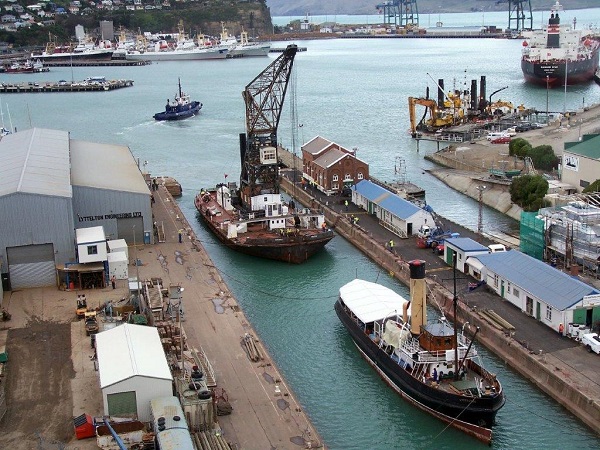HIKITIA
Wellington’s historic heavy lift floating crane
![]() ikitia is an important part of Wellington’s rich maritime history.
ikitia is an important part of Wellington’s rich maritime history.
Befitting such status, she resides in a pride-of-place location on Wellington’s waterfront at the Taranaki Street Wharf, near Te Papa.
Launched in Glasgow, Scotland in 1926 she arrived in Wellington, to great fanfare, on 21 December 1926.
The ship remains almost unchanged from the day she was launched and is now unique in the world as the last working example of its kind – a steam powered heavy lift floating crane.
Hikitia was a workhorse from 1926 to 1990 in Wellington’s Port Nicolson, belonging to the Wellington Harbour Board, predecessor to the present CentrePort.
Wellington’s history is inextricably linked to the sea and the port and Hikitia is a rare and outstanding example of that history that is still very much alive. The machinery functions impeccably – albeit she is not currently self-propelled – and she still works as a floating crane, and for numerous other things such as an event venue and floating museum.
Ownership of the vessel was transferred to the Maritime Heritage Trust of Wellington on 16 March 2006. The Trust’s objectives are to promote maritime heritage in the Wellington region.
Major refurbishments were carried out on Hikitia during docking at Lyttelton in 2009 including major hull repair and reconditioning of all below water valves and propeller shafts. The hull, crane and deck were painted.
The Trust’s objectives remain to restore the ability to be self-propelled and return to lifting its design weight of 80tonne. This demonstrates the purpose for which it was built and continues the ship’s service to Wellington in maintaining port infrastructure and assisting with civil defence.


